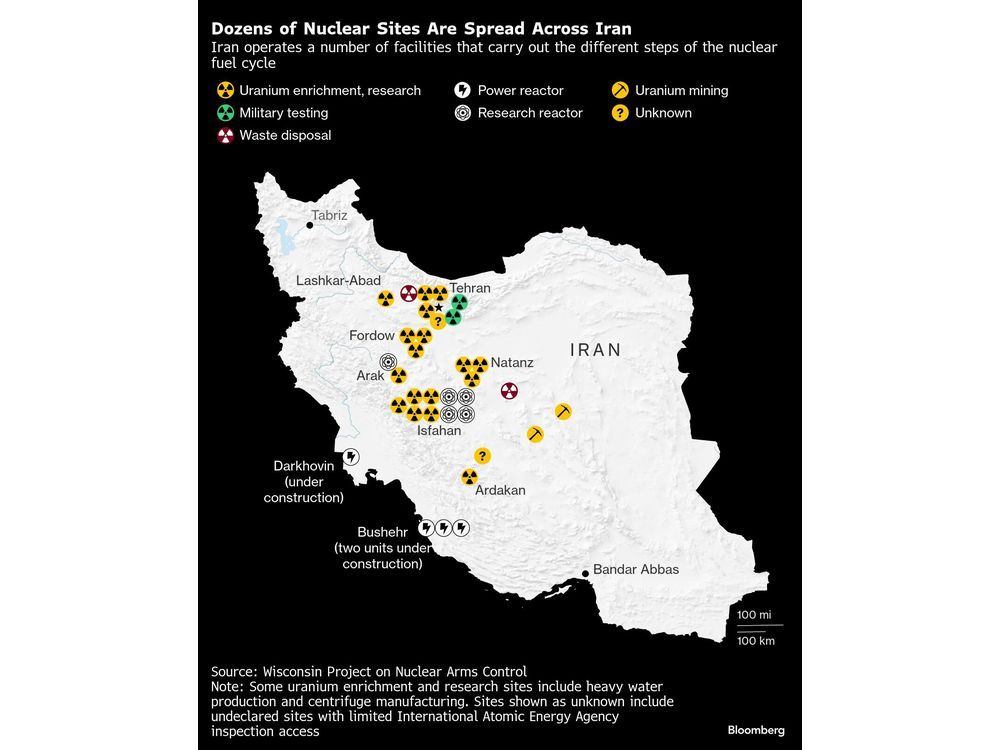What Is a Reverse Stock Split?
A reverse stock split is a process used by companies to reduce the number of their outstanding shares in the market. Companies use reverse stock splits to consolidate their existing shares into fewer but proportionately more valuable shares. Reverse stock splits can provide a boost to a company’s stock prices.
Through a reverse stock split, companies divide their existing total outstanding shares by a number. For example, companies can use a 1-for-5 reverse split to convert every five shares into one. Other names used for the reverse stock split is stock consolidation, stock merge, or share rollback. Companies may use it according to their situation.
How does a Reverse Stock Split work?
Companies usually don’t use reverse stock splits. However, due to market situations, they may take action to restructure their capital structure. One of these actions includes reverse stock splits, where company merge their existing shares. It allows them to reduce the number of their outstanding shares while also increasing the proportional value. However, it does not impact a company’s overall valuation.
While restructuring their capital structure is a reason to use a reverse stock split, companies usually use it to boost their share prices. It may go in a company’s favour or against it. However, it depends on how a company uses reverse stock splits and the market conditions that accompany them. Usually, reverse stock splits come from a company’s management but still have to go through a shareholders’ approval.
What are the advantages of Reverse Stock Splits?
Reverse stock splits can have some advantages. These advantages are the reason why some companies may opt to use reverse stock splits. Firstly, some companies may use these splits to stay on a major stock exchange. Some exchanges have rules for how far a company’s stock prices can fall before they get removed. Therefore, companies nearing that limit may prevent their removal by using reverse stock splits.
Companies may also use reverse stock splits to satisfy regulations. Some companies may face specific regulations related to the number of their outstanding shares. By reducing the number, they can avoid these regulations. Some companies may also use reverse stock splits to attract affluent investors. By increasing their outstanding shares, they can improve their exposure to investors that select high-priced shares for their portfolios.
Is Reverse Stock Split good or bad?
Reverse stock splits can be beneficial for companies if used correctly. However, they may send a negative signal about a company. Usually, companies that use reverse stock splits do so to increase their share prices. However, investors may see it as a last effort by a company’s management to avoid removal from a major stock exchange.
For existing investors, theoretically, reverse stock splits shouldn’t be problematic. It is because the company’s valuation remains unchanged. However, once a company uses a reverse stock split, its stock prices may go down in the market due to the negative perception that comes with it. Therefore, it can also impact existing shareholders adversely
Conclusion
Companies use reverse stock splits to reduce the number of their outstanding shares in the market. There are various advantages of using reverse stock splits. However, they are usually bad for investors. It is because they come with a negative signal, which can affect investors adversely.
Further questions
What's your question? Ask it in the discussion forum
Have an answer to the questions below? Post it here or in the forum



